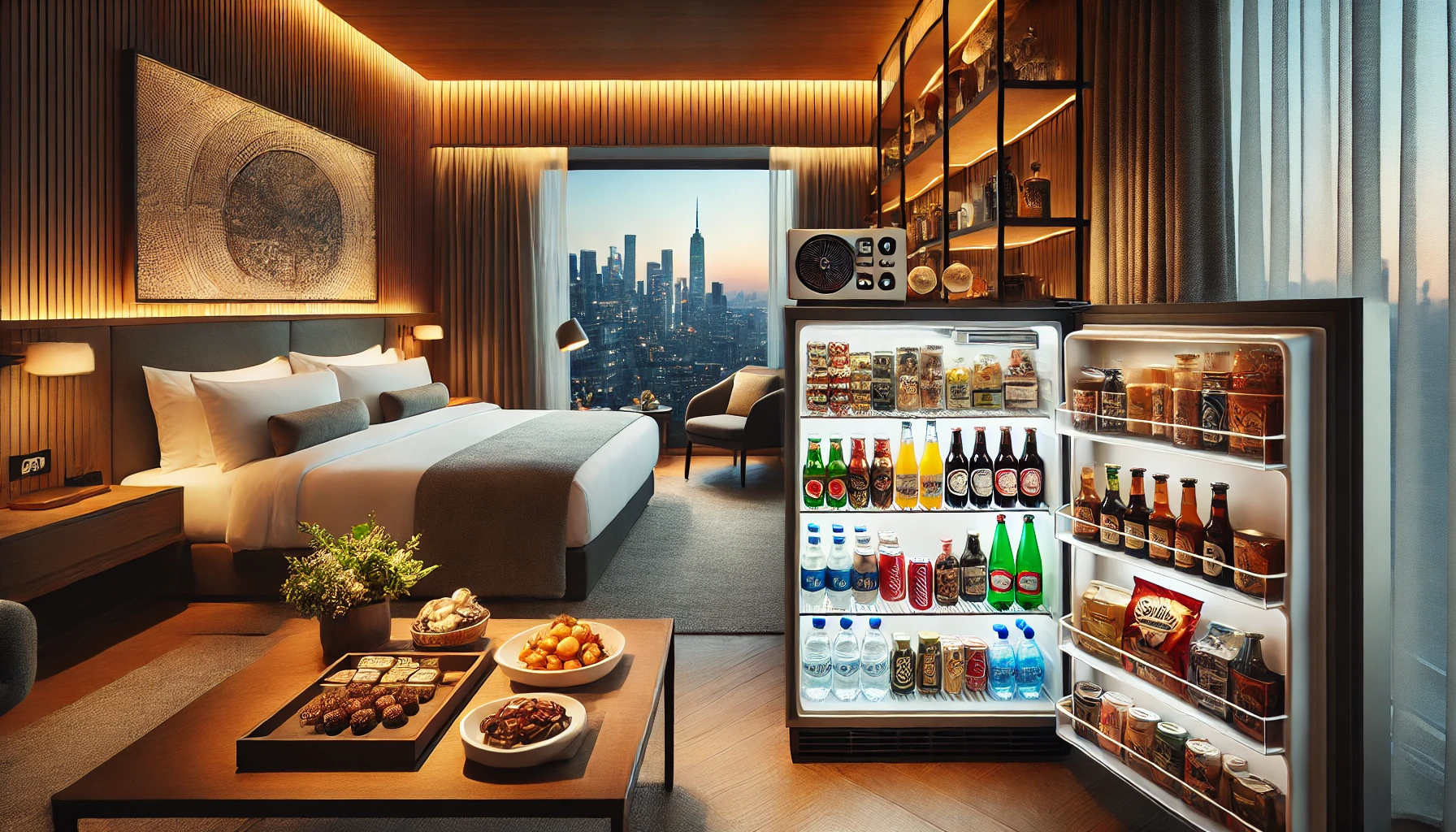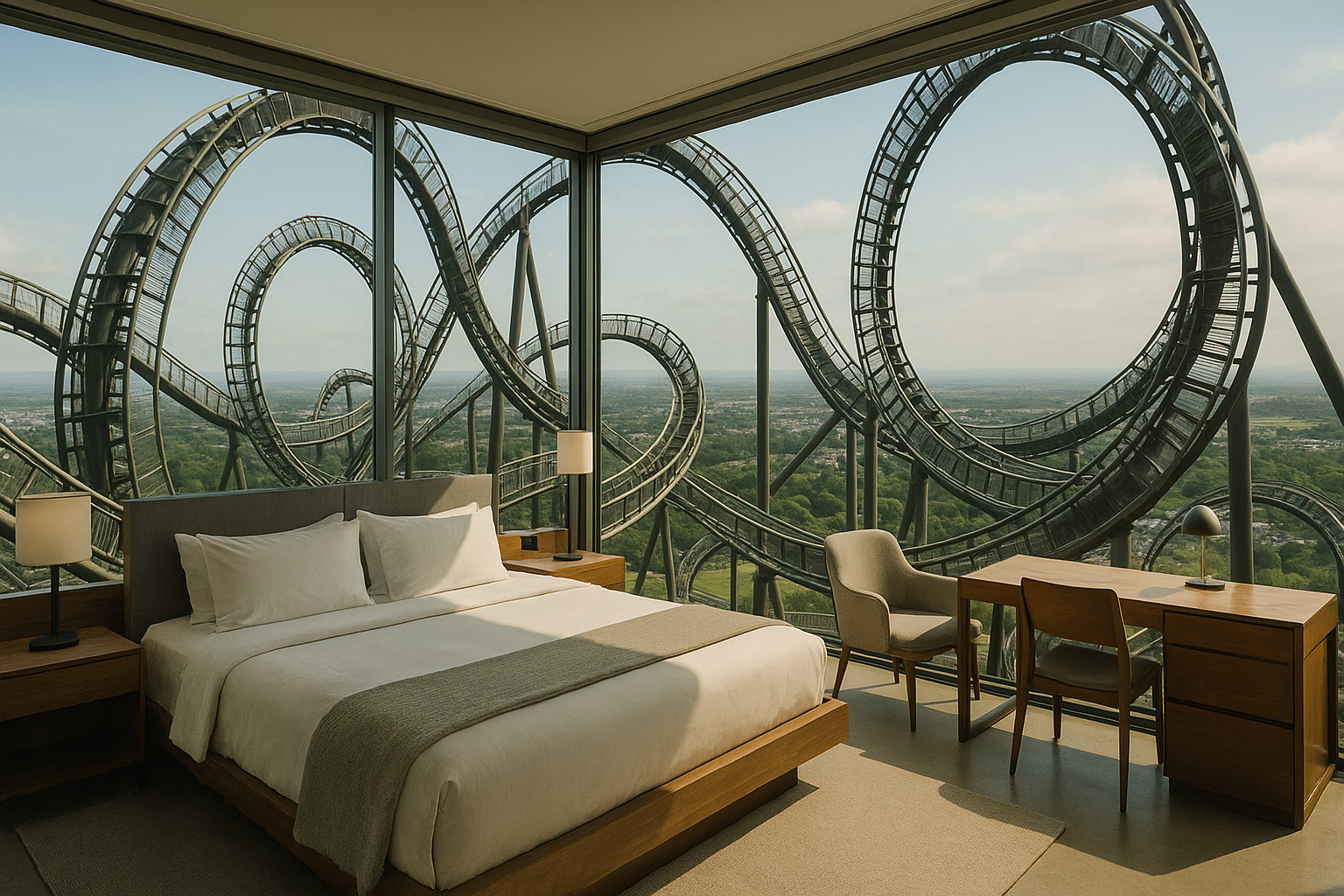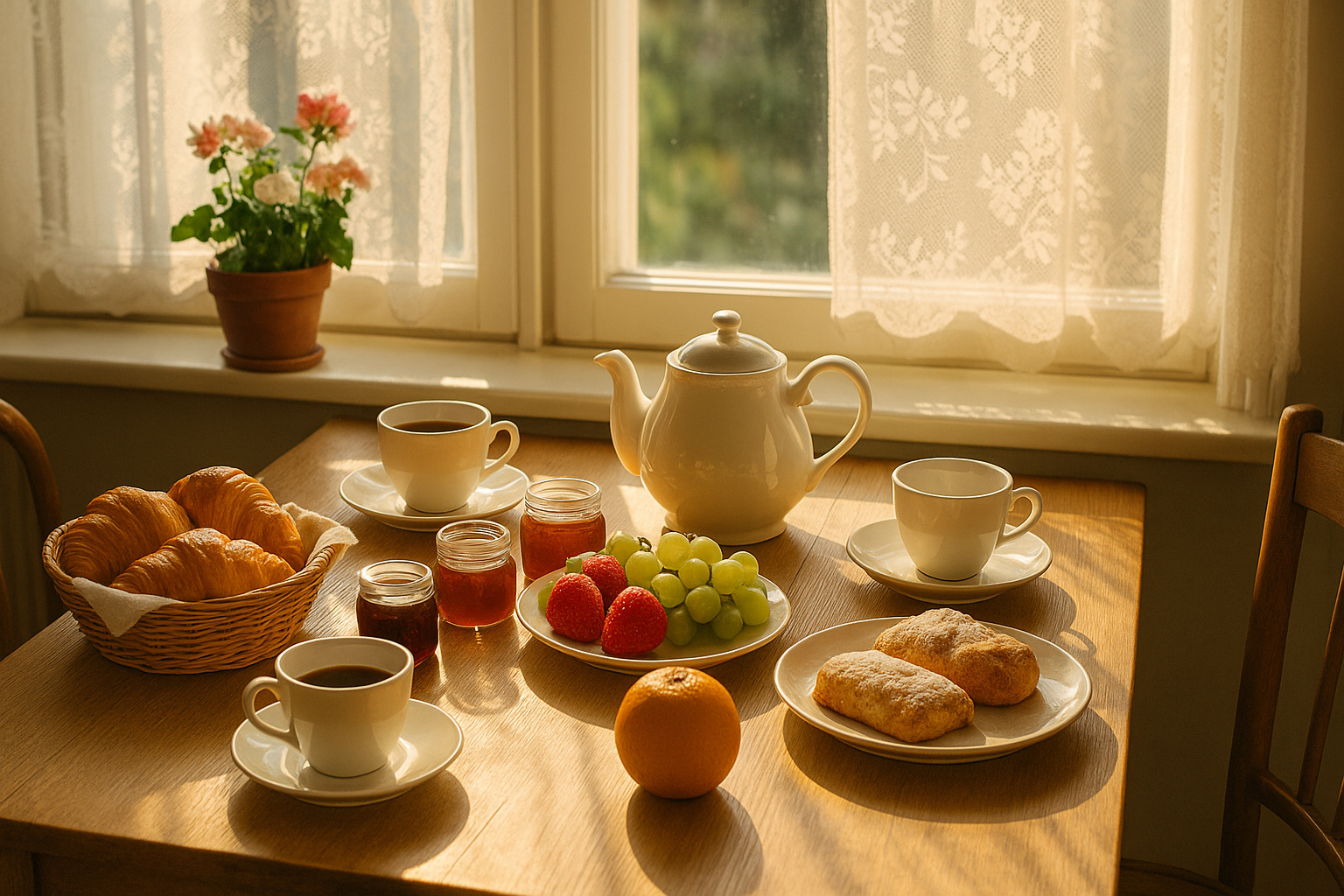Is 100% Markup Profitable? A Guide for Hoteliers on How to Price Minibar Items in Hotels

During our last weekly Live call inside the Inevitable Hotels Success programme, we discussed how minibar pricing strategies can significantly impact both guest satisfaction and hotel profitability. In this post, we’ll dive into the common practices for pricing minibar items and evaluate whether a 100% markup could make sense for your hotel. The markup of 100% was a wish from a hotelier so the item is not too expensive. Is it really feasible?
Common Pricing Strategies for Minibar Items
There isn’t a one-size-fits-all formula, but many hotels use several key principles when determining minibar prices:
- Cost-plus pricing: This involves adding a markup to the purchase cost of the item. Markups for minibars usually range from 200% to 400%. This means if you buy a soft drink for €1, you would sell it for €3-5 in the minibar. This method ensures that you cover your costs while securing a profit.
- Benchmarking: It’s important to research what your competitors charge for similar items and compare them to local convenience stores. Guests may be less inclined to pay exorbitant prices if they feel they can get the same items much cheaper nearby.
- Perceived value: In high-end hotels, minibar items often come at a premium because they are part of the luxury experience. Guests expect to pay more for convenience, especially in a 4- or 5-star environment.
- Location and hotel type: Pricing should also be based on where your hotel is located. Urban or luxury hotels can justify higher prices, while budget hotels may need to price more competitively to avoid guest complaints.
- Board type and accessibility:
- Room-only hotels: Guests are likely to seek snacks or beverages from the minibar, as they don’t have inclusive dining options. This makes a higher markup more acceptable.
- Hotels offering half-board or all-inclusive options: Guests may be less inclined to purchase minibar items, as their meals are already covered. Lower prices in this case could encourage consumption.
- Remote or isolated hotels: Properties located in areas with limited access to shops and shipping may have higher operating costs. The convenience factor is amplified here, allowing for higher minibar pricing without deterring guests.
- Bundle offers: Some hotels create packages that include complimentary minibar items or sell items as part of a room upgrade, which can increase revenue without guests feeling they’re overpaying for each individual item.
Why Are Minibar Markups Typically So High?
When you look at a 300% or 400% markup, it might seem excessive, but there are several reasons why hotels set minibar prices high:
- Convenience premium: Guests are paying for the convenience of having snacks and drinks available in their room, eliminating the need to leave the hotel.
- Operational costs: Managing minibars requires additional labor for restocking, tracking inventory, and handling guest consumption, which increases operational expenses.
- Low sales volume: Minibars typically don’t see high turnover, meaning prices need to be higher to compensate for the lower volume of sales.
- Shrinkage risk: Minibars are prone to theft or unreported consumption. The high markup helps offset potential losses from guests consuming items without paying.
- Storage and maintenance: Hotels incur costs for keeping minibars stocked, refrigerated (where necessary), and tracking expiration dates, especially with perishable items.
- Guest expectations: In luxury or premium properties, guests often expect to pay more for the added value and convenience, which justifies higher prices.
Would a 100% Markup Work for Your Hotel?
While a 100% markup seems much more reasonable from the guest’s perspective, it comes with its own pros and cons. Here’s what you need to consider if you are thinking about implementing this approach:
Pros:
- Improved guest satisfaction: Guests are more likely to purchase minibar items if they perceive the pricing to be fair. This can lead to higher consumption rates and a better guest experience.
- Competitive advantage: Hotels with lower minibar prices can differentiate themselves from competitors, creating a positive reputation for value-driven services.
- Increased occupancy potential: Guests who appreciate reasonable minibar pricing may leave better reviews and become repeat customers, particularly in mid-market or budget segments.
- Higher sales volume: Lowering the price can encourage guests to buy more, potentially offsetting the lower margin per item through increased volume.
Cons:
- Lower profitability: A 100% markup may not generate enough revenue to cover the operational costs involved in stocking and maintaining the minibar, especially with lower sales volumes.
- Perceived lower value: In upscale properties, a low markup could reduce the perceived luxury or exclusivity of the minibar, diminishing its appeal to high-paying guests.
- Risk of losses: If operational costs are high or theft/shrinkage is frequent, a 100% markup might not be enough to keep minibar operations profitable, especially in hotels where minibars aren’t a primary revenue source.
When Does a 100% Markup Make Sense?
Lets assume that you wish also to end up with a 100% markup. This might be appropriate under certain conditions:
- Economy or mid-range hotels: Budget-conscious guests may respond well to more affordable minibar options, boosting both sales and guest satisfaction.
- High occupancy hotels: If your property consistently maintains high occupancy rates, the increased volume of sales could offset the lower markup and still result in strong profits.
- Board Type and Hotel Location:
- If your hotel operates on a room-only basis, guests are more likely to rely on the minibar for snacks or drinks, so a slightly higher markup may still make sense.
- For hotels in remote areas with limited access to nearby shops or restaurants, a higher markup reflects the convenience and the additional logistics costs of stocking items.
- If your hotel offers half-board or full-board options, guests may be less reliant on the minibar, so a 100% markup could be a more attractive option to encourage purchases.
Conclusion: Pricing Minibar Items Strategically
Minibars represent an opportunity for additional revenue, but getting the pricing right is key to ensuring profitability without alienating guests. Whether you choose a higher markup to account for operational costs or experiment with a 100% markup to boost guest satisfaction, the key is to understand your hotel’s unique market position, guest preferences, and the board type you offer.
By balancing convenience with perceived value, you can create a minibar strategy that fits your hotel’s goals and brand identity while keeping guests happy.
Would you like assistance in adjusting your minibar pricing strategy? Feel free to reach us out, and we can tailor a plan specific to your property!








